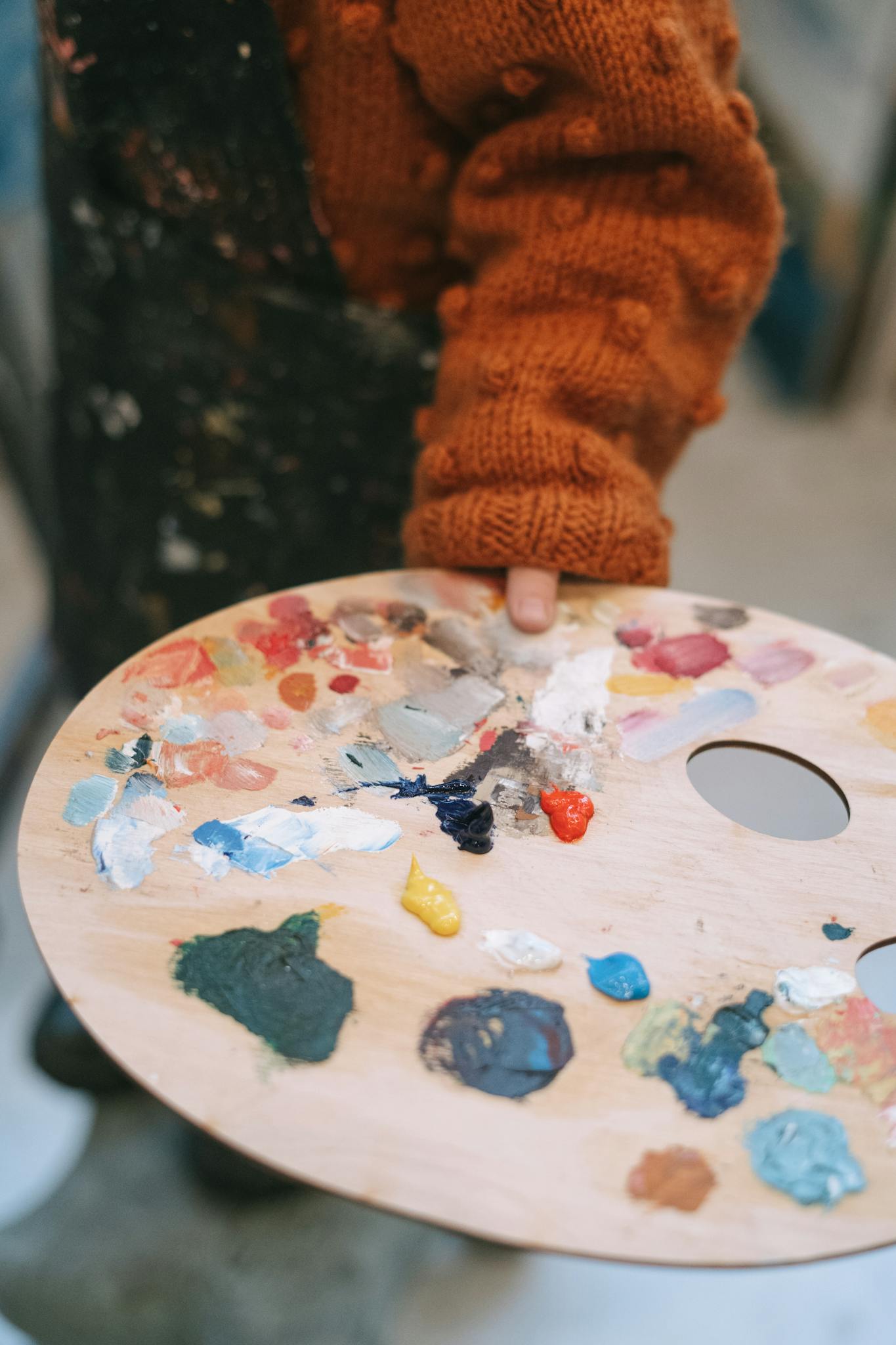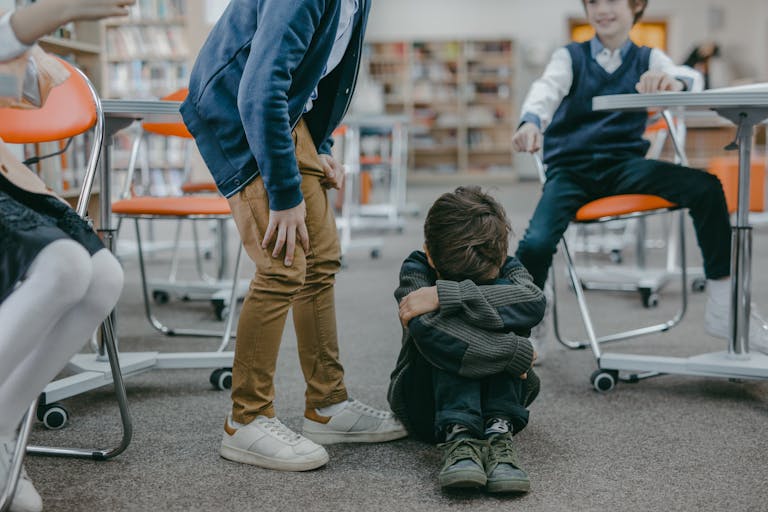Our Classrooms: Past, Present, and Future!
Welcome to WordPress. This is your first post. Edit or delete it, then start writing!
Classrooms have transformed dramatically over the years, they’re very different from what many parents experienced in their own school days. Understanding this evolution can help us better support our children’s education, preparing them for success and well being in an increasingly digital and fast-changing world.
Many parents remember classrooms where the teacher was the center of the stage at al. times. They stood in front of rows of students, delivering lessons while everyone took notes or read from textbooks. Learning often meant memorization, tests, and striving for “A’s” that made our parents proud. Individual or different learning styles or needs were rarely addressed, and technology, if present, was minimal—who remembers an overhead projector or a microfiche machine? We became great memorizers, and there was with little room for creativity or critical thinking.
Today, teachers focus on engaging students as active participants in their learning. There is more “doing” in lessons and collaboration, creativity, and critical thinking encouraged. Technology is a big part of our children’s world, and devices, apps, and data help teachers with their teaching practice to meet each student’s unique needs. Social-emotional learning and inclusivity are also at the forefront, creating supportive environments where every child feels valued. Flexible seating so students can move around, group projects, and hands-on activities are common, and they can help develop essential teamwork and communication skills kids will need for the real world.
Looking ahead, technology like artificial intelligence (AI) will further revolutionize learning. AI will allow for more personalized lessons, adapting content to each student’s strengths and challenges. Tools like virtual and augmented reality could let children explore distant places, historical events, or scientific phenomena in ways that feel almost real. Imagine how now, instead of just reading about a topic like the rain forest for example, students can be immersed in it for a very powerful learning experience. Teachers will act more like mentors and guides, helping students navigate these new learning tools and think critically about the information they encounter.
No matter how classrooms change, one thing will remain constant: the goal of helping our children grow into their best human selves: Curious, confident, and capable individuals ready to thrive in the future.

